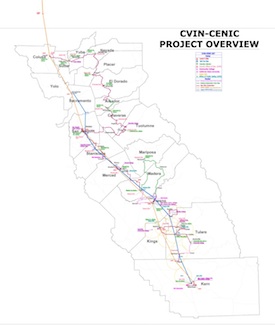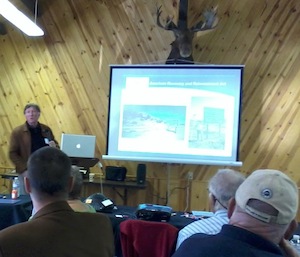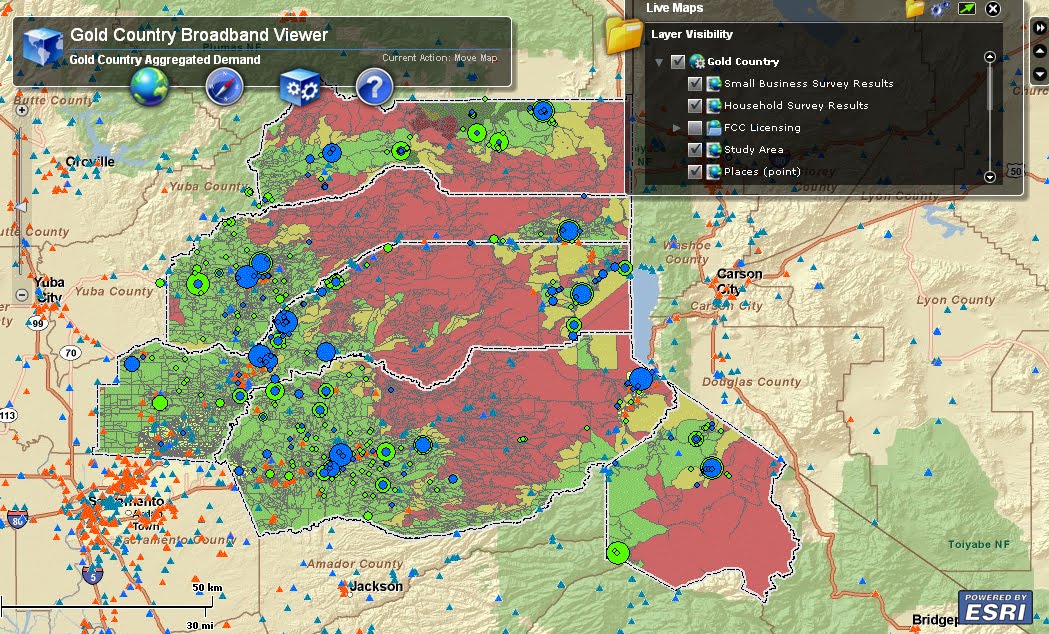Central California fiber network about to go fully operational
ARRA, broadband, cenic, central sierra connect broadband consortium, cvin, public policy, regional consortia, vast networks

Click for a bigger version of the map.
An 850 mile fiber build that threads through 18 counties in central California – largely paid for by the 2009 federal broadband stimulus program – is almost done. The Central Valley Independent Network, which now does business as Vast Networks will finally be complete by the end of May, according to marketing director Mike Stewart, who gave a presentation on the project at today’s Central Sierra Connect Broadband Consortium conference in Tuolumne City.… More





